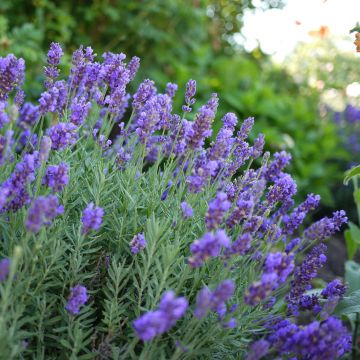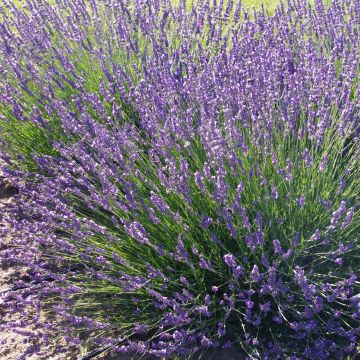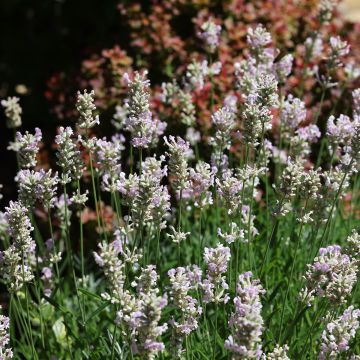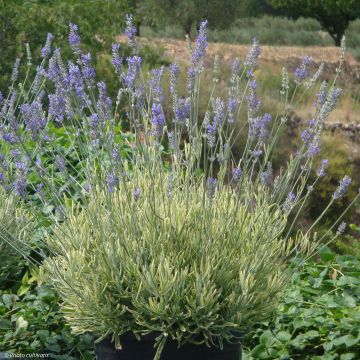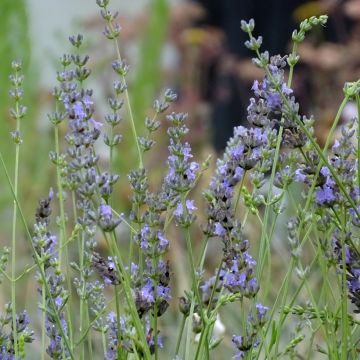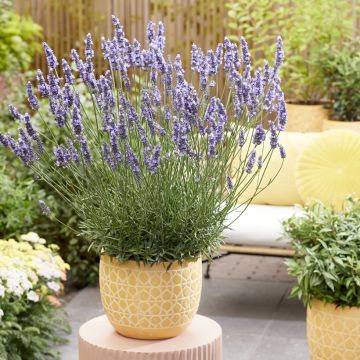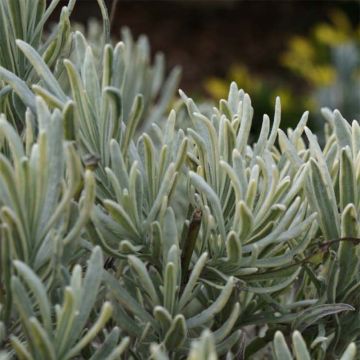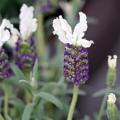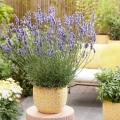Lavandin
Does this plant fit my garden? Set up your Plantfit profile →
Available in 2 sizes
Available in 3 sizes
Available in 3 sizes
Available in 3 sizes
Available in 3 sizes
Available in 2 sizes
Available in 2 sizes
Available in 1 sizes
The Lavandin, cultivated for its essential oil, is a hybrid between true lavender (Lavandula angustifolia) and aspic lavender (Lavandula latifolia). This plant has large spikes on sturdy stems. It comes in several interesting varieties, including the famous Lavandula x intermedia 'Grosso' with long purple spikes and a powerful fragrance, rich in essential oils. The particularly generous Lavandin 'Super' is perfect for making dried bouquets that can be used to scent linen and repel moths. Lavandin 'Dutch' stands out for its endless flowering from June to September. 'Edelweiss' is one of the few varieties of lavandins with white flowers. Discover all our lavandins on these pages.
The lavandin, like most other lavenders, needs to be planted in full sun in rather dry and rocky, very well-drained soil. This plant tolerates summer drought and limestone very well. In sunny and warm conditions, its foliage will be bright and its flowers will exude an intense fragrance. An ornamental plant par excellence, lavender can be used in flower beds, as a standalone plant, in borders, rockeries, pots, coastal areas, and even as a low flowering hedge.
Haven't found what you were looking for?


































